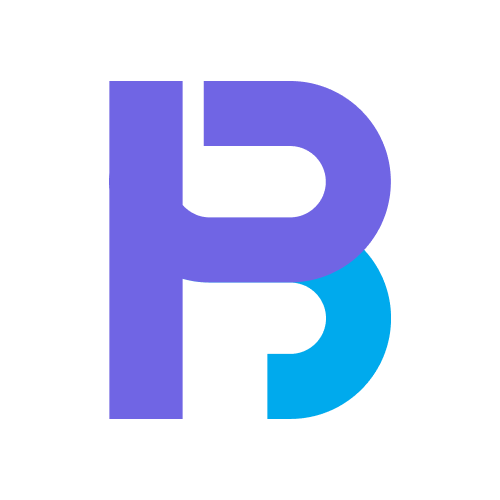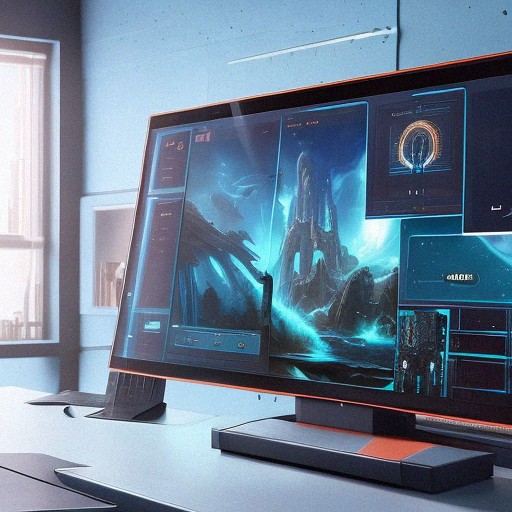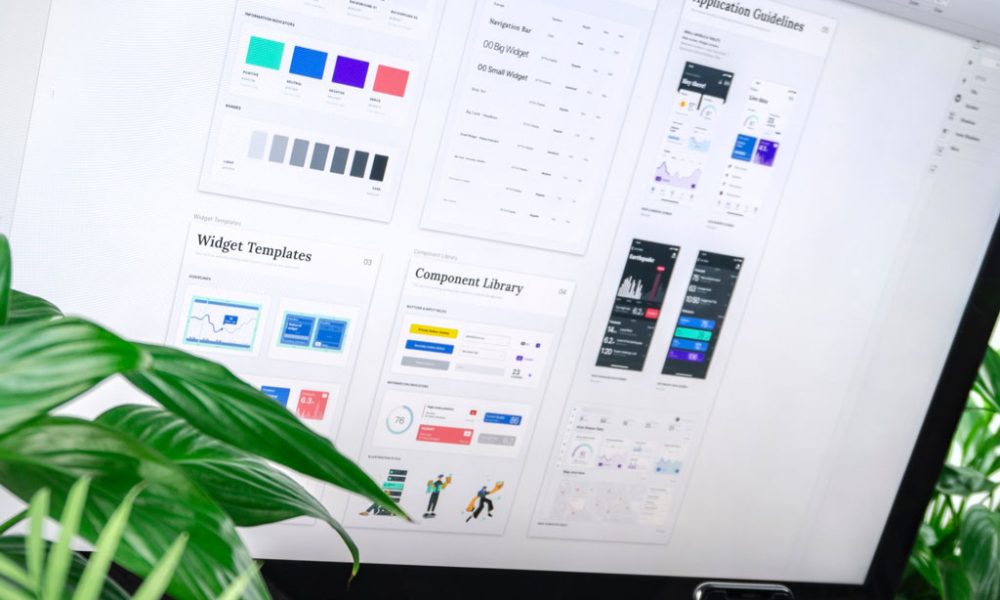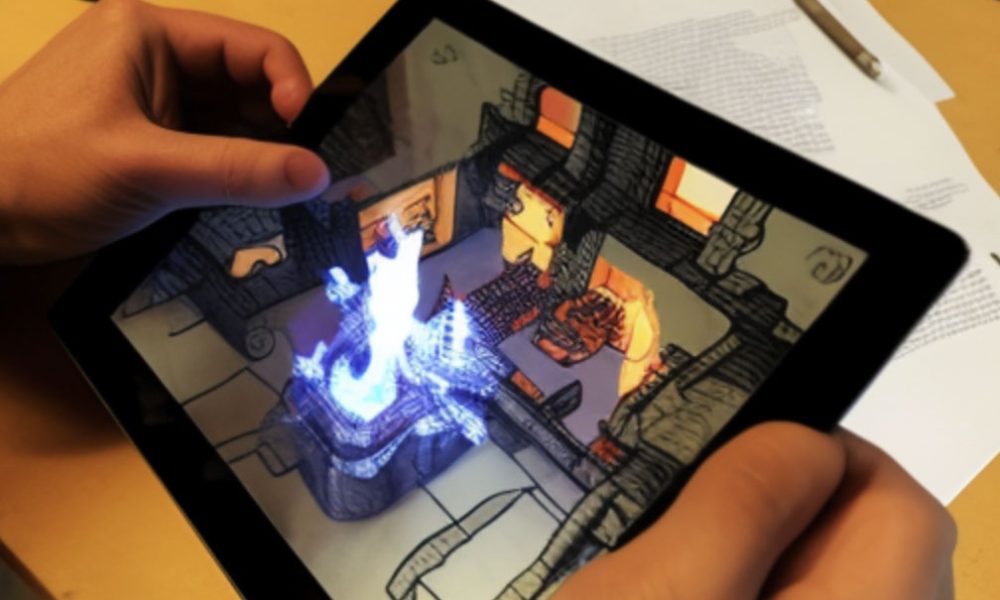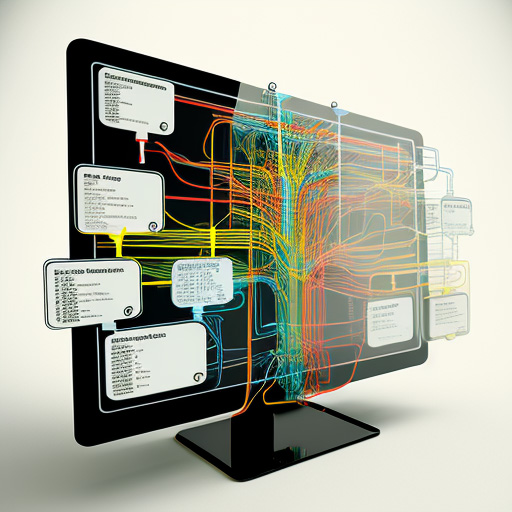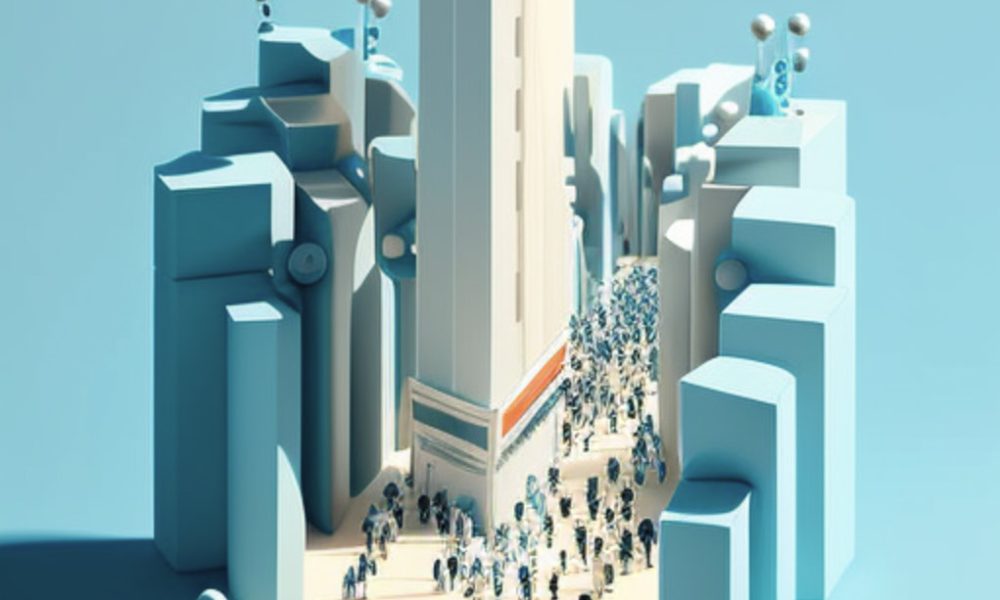Effective communication is a critical aspect of the UX design process that every designer should be aware of, mainly when working with stakeholders. It is essential to know how to express confidence, show respect, communicate your main point, and achieve your desired result in design review meetings to ensure your designs are well-received and your […]
Metrics are an essential tool for understanding and improving the user experience. However, many myths and misconceptions about UX metrics can lead to misunderstandings and ineffective design decisions. This article aims to dispel nine common myths about UX metrics and to provide a clearer understanding of what these metrics can and cannot tell us about […]
A user journey map is a visual representation of the steps a user takes to achieve a specific goal while interacting with a product or service. It is a powerful tool that can be used during the design process to gain a deep understanding of the user’s needs, pain points, and expectations. The user journey […]
A design system is a set of guidelines, standards, and tools that help teams design and build consistent, cohesive, and effective digital products. It can include everything from visual design elements, such as colors and typography, to interaction patterns and code components. The benefits One of the most significant benefits of building a design system […]
A design sprint is a method for quickly solving problems through prototyping and user testing. It is a five-day process that brings together a cross-functional team of stakeholders to iterate on ideas and create a tangible solution rapidly. The ultimate goal of a design sprint is to create a prototype that can be tested with […]
Augmented reality (AR) and virtual reality (VR) are two technologies that have gained a lot of attention in recent years. Both technologies have the potential to revolutionize the way we interact with digital information and have a wide range of potential applications in fields such as entertainment, education, and industry. However, despite their similarities, AR […]
3D computer graphics and virtual reality are closely related technologies that have revolutionized how we interact with digital content. While both technologies involve the creation and manipulation of 3D objects and environments, there are several key differences between the two that set them apart. 3D computer graphics, also known as CGI (computer-generated imagery), is a […]
Table of Contents The P.A.C.T framework, which stands for People, Activities, Contexts, and Technologies, is a user-centered design approach that helps designers create more effective and efficient digital products and services. The framework was first introduced in the early 2000s as a way to help designers better understand the needs and behaviors of their users. People The first step […]
Information architecture (IA) is a crucial aspect of user experience (UX) design. It refers to the process of organizing and structuring information in a way that makes it easy for users to find and understand. A well-designed IA can greatly enhance the usability and effectiveness of a website or application, while a poorly designed IA […]
The main difference between qualitative and quantitative surveys is the type of data they gather. Qualitative surveys are used to gather non-numerical data, such as opinions, perceptions, and attitudes, while quantitative surveys are used to gather numerical data, such as statistics and facts. Qualitative surveys Qualitative surveys are often used in the social sciences, such […]
